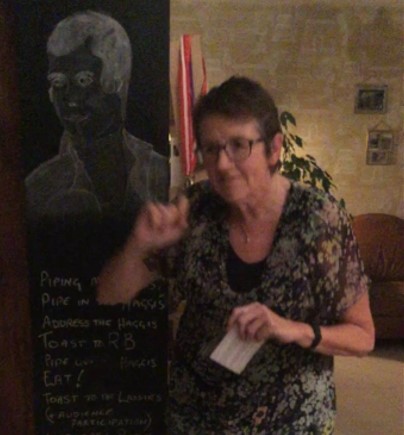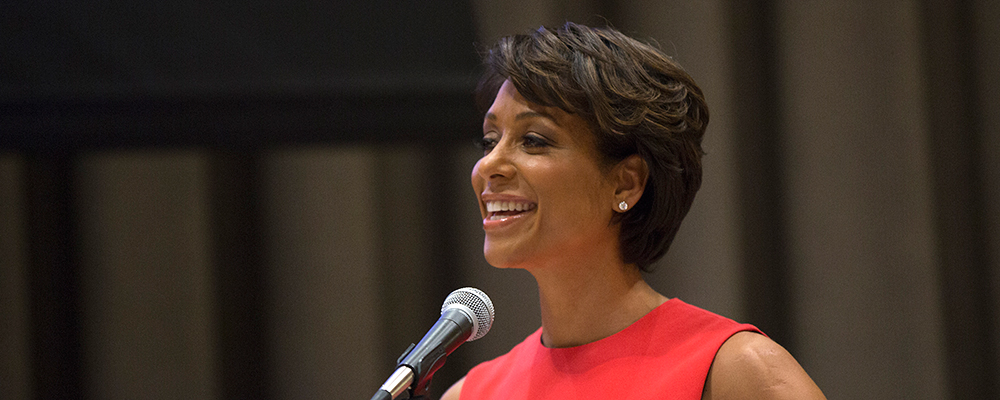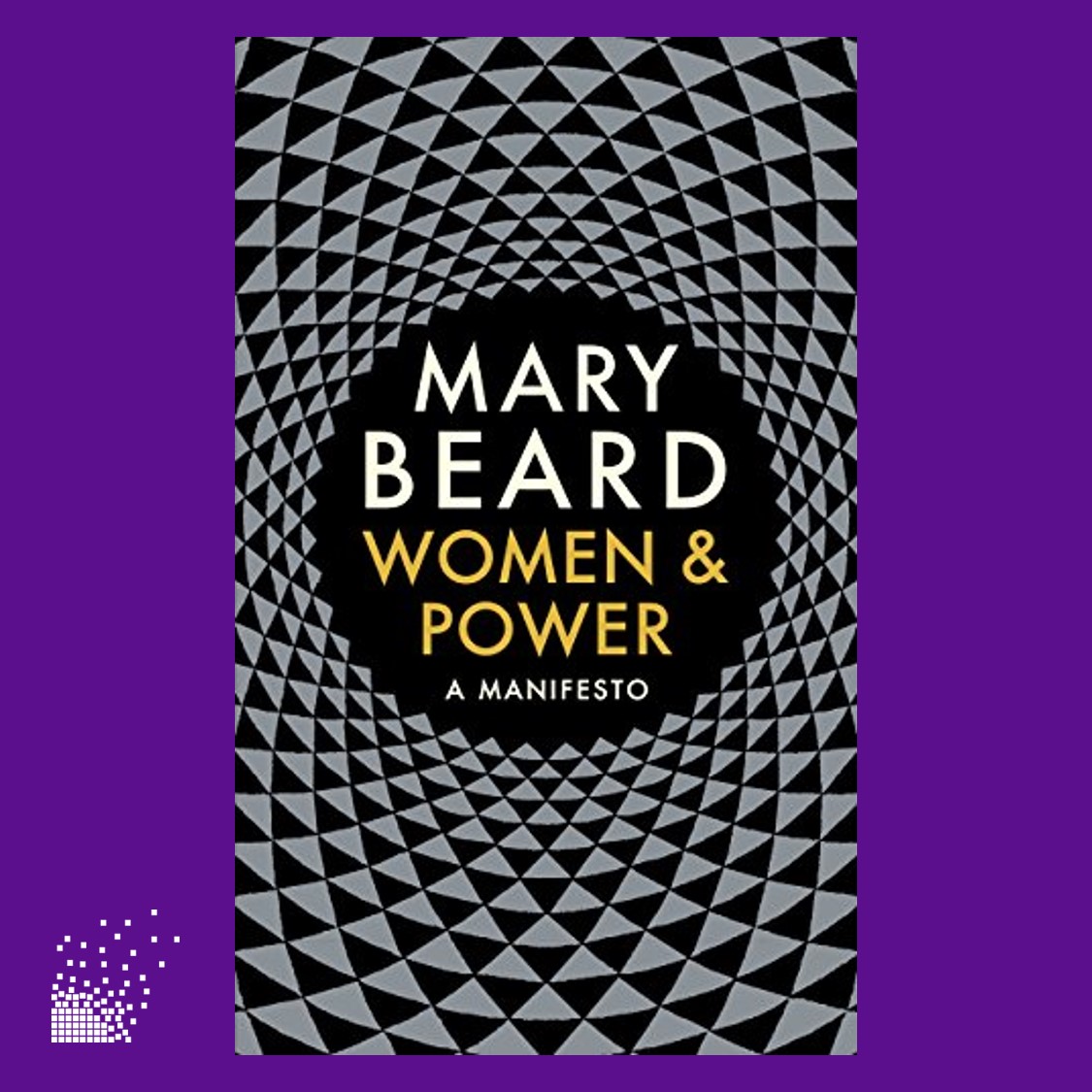Winning beginnings – opening your speech with impact
You’ve written your speech. You’ve edited, re-edited and re-edited. Your speech has a clear structure and message. Now for the crucial opening words and their delivery – winning beginnings.
Research has shown that the first 90 seconds of any speech have the most impact and are the most memorable. Thought, time and effort spent on your opening is a worthwhile investment.
Often your audience has already listened to several other presentations. This means you are in competition with what they’re already heard, with work issues, personal issues, and the big question: what am I having for dinner tonight? With the added distraction of mobile devices maybe they just appear attentive and interested.
You need to stand out from other speakers. This starts before you’ve even uttered your first word. Expectations shape reality. If your audience expects you to be good, they’ll perceive you as just that. So dress the part and never admit to feeling anxious, unsure or unwell.
1. Make an impact on your audience before you attempt to inform, persuade or inspire
The opening of your speech needs to provide them with a compelling reason to park all competing thoughts and give you their full attention for the duration of your speech. Don’t waste the opening seconds with platitudes, such as thank you for inviting me, what an honour, etc, etc. Friendly, but boring and predictable.

Auto-portrait by Robert Taylor www.taylor-photo.co.uk
Contrast and standout are crucial. If every speaker stands up and opens with “Thank you Mr Chairman, valued colleagues and guests”, you will stand out if you have an opening that is different and inclusive. For instance, “Mr Chairman, valued colleagues and everyone who has ever felt the pressure of hitting a mega sales target …” This will immediately signal something different and interesting is about to happen.
After the formalities you have a few seconds to reinforce the initial expectations you’ve set. Make a direct, dramatic opening which seizes your audience’s interest: It can be compelling, humorous, shocking, challenging or imaginative. Try using:
- A rhetorical or a survey question. Cue the response you are looking for. For instance, one hand raised in the air tells the audience you’re interested in a show of hands, not a verbal response. Look expectant, with open body language if you want people to shout out answers.
Questions are even more effective when they are ‘you’ focused:
Using the language of one-to-one conversation feels personal, that ‘speaking-just-to-me’ feeling
‘You’ speaks to one, but includes everyone, eg Are you having fun?
Use ‘have you ever …?’ questions to achieve an emotional connection. Avoid ‘how many …?’ questions. They can be distracting as people search for information in their memories - A statement in the form of a startling statistic or a bold claim can set the scene effectively for an informational or educational talk. “Did you know that …”
- Paint a picture. This can start with “Imagine …” or “It was 2.30pm on a rainy Monday …”. The aim is to get your audience to visualise a scene in their minds. Make it broad-brush. The audience will fill in the detail from their own experiences and memories. This will make it more powerful
- Anecdote – a personal, amusing, short story that relates directly to your overall message. One that the audience can relate to
- A recent quotation from a respected industry expert. The expert gives added credibility and, if it’s recent, you sound on the ball
- Silence in the form of a distinct, confident pause. You will give your audience time to clear their minds of previous speeches or distractions, pique their curiosity and get them focused on what you might be about to say or do.
Whichever approach you adopt, appeal to their senses – what people see, hear, feel, smell, taste. This will give your speech opening more emotional resonance and invites the audience in.
For example, if you are talking about restructuring your company, invite the audience to “Imagine an organisation where your colleagues are your friends, your office looks efficient yet feels welcoming, like home, the smell of coffee fills the air …” Then continue with your story: “I don’t feel like that when I walk into our office. Do you?” In this way, you have tapped into the audience’s imagination and they’ll see themselves in your opening, using their frame of reference.
You can then bring them along on a journey as you continue your speech.
2. Keep your opening active
Always speak in the active, not the passive, voice. Don’t say “Our business needs to be restructured for growth …” which leaves the listener not sure who will be doing what by when. Say “We need to restructure our business for growth … These are the next steps … who will … by when …”
Sentences in the active voice are shorter, have energy and directness. Speaking in the here and now gives you and your opening message immediacy and presence.
3. Introduce an ‘anchor phrase’ early on
Top speakers use anchor phrases. A good anchor phrase should encapsulate the feeling and message of your speech. For Martin Luther King it was “I have a dream”. It’s a few words your audience will associate with you and your message. When your phrase pops into their mind, the rest of your speech will be reactivated. If you can make it rhythmic so much the better.
4. Practise the delivery of your opening
Practise your opening until it flows naturally and effortlessly. On the day, take centre stage and ooze confidence with a solid posture and a smile. The stability of your opening stance will support the credibility of your message. Look briefly around your audience. This gives you time to calm your nerves and the audience time to settle down, and focus on you. The pause will pique their curiosity – they will be eager to hear your opening words.
Used well, your powerful opening will prevent the audience thinking “so what?”, or “what’s in it for me?” With a memorable opening, they are with you, wanting to know more.
Lyn has also contributed to the FT Adviser article “Make a direct, dramatic opening, says speech expert”
Recently republished at LID Radio





